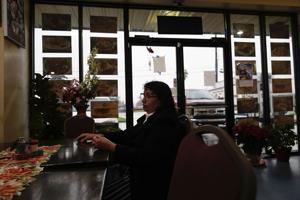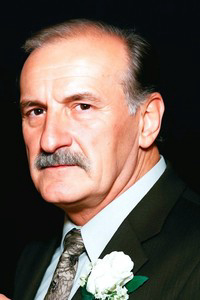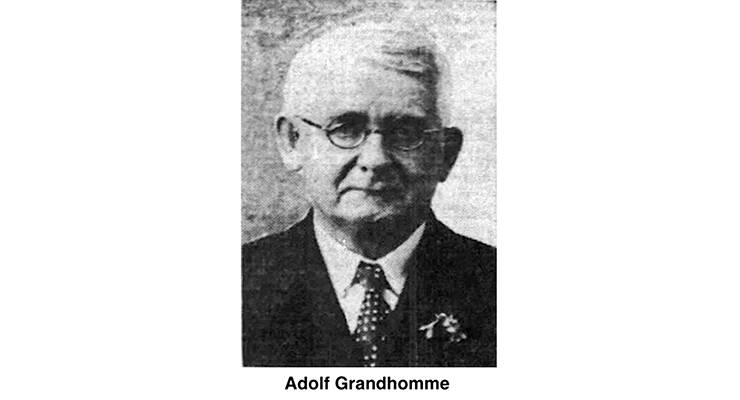Adolf Grandhomme, who worked at the Lihue Plantation mill from 1919 until his retirement in 1945, played a critical role in the sugar production process in Hawaii. As a skilled sugar boiler, he was responsible for transforming clarified sugar juice extracted from crushed sugarcane into crystallized sugar. His expertise in using vacuum pans, specialized vessels that facilitate crystallization through controlled boiling, significantly impacted the profitability of the Lihue Plantation.
Grandhomme’s proficiency in his trade was notable. He set a record for crystallized sugar purity during the 1939 grinding season, highlighting his significant contributions to the mill. This achievement underscored the importance of skilled workers in the sugar industry, where the quality of the final product directly influenced the plantation’s financial outcomes.
Early Life and Career in Hawaii
Born in Germany in 1876, Grandhomme arrived in Hawaii after hearing about job opportunities from Honolulu businessman Heinrich Hackfeld. In 1906, he learned that Hackfeld was seeking a young man for the Koloa Sugar Co. After securing the position, Grandhomme sailed to Hawaii on the steamship Duchess Cecilie, completing the journey in a record 107 days. However, upon arrival in 1907, he discovered the position had already been filled.
Undeterred, Grandhomme was appointed as assistant to the mill superintendent at Oahu Sugar Co. in Waipahu, where he received training in boiling house and laboratory techniques. His career progressed rapidly; by 1909, he became the supervisor of the boiling house and laboratory at the Hutchinson Sugar Plantation Company mill in Naalehu. His expertise continued to grow, and in 1916, he took on the roles of chemist and sugar boiler at the Hanamaulu Plantation mill on Kauai.
In 1919, as Hanamaulu Plantation was closing and consolidating with Lihue Plantation, Grandhomme was reassigned to the Lihue Plantation mill. He became the head of the boiling house, a position he held until his retirement in 1945.
Personal Life and Legacy
Grandhomme’s legacy in the sugar industry is marked by his deep commitment to his work and the impact he had on sugar production in Hawaii. His only survivor in Hawaii, his wife, Mrs. Emmy Knodt Grandhomme, remains a part of this legacy.
The story of Adolf Grandhomme is a testament to the role of skilled labor in the agricultural sector, particularly in the sugar industry during the early 20th century. His accomplishments reflect not only personal dedication but also the broader narrative of the sugar plantations that shaped Hawaii’s economic landscape. As a figure in this history, Grandhomme’s contributions are remembered as integral to the success of the Lihue Plantation and the sugar industry as a whole.





































































